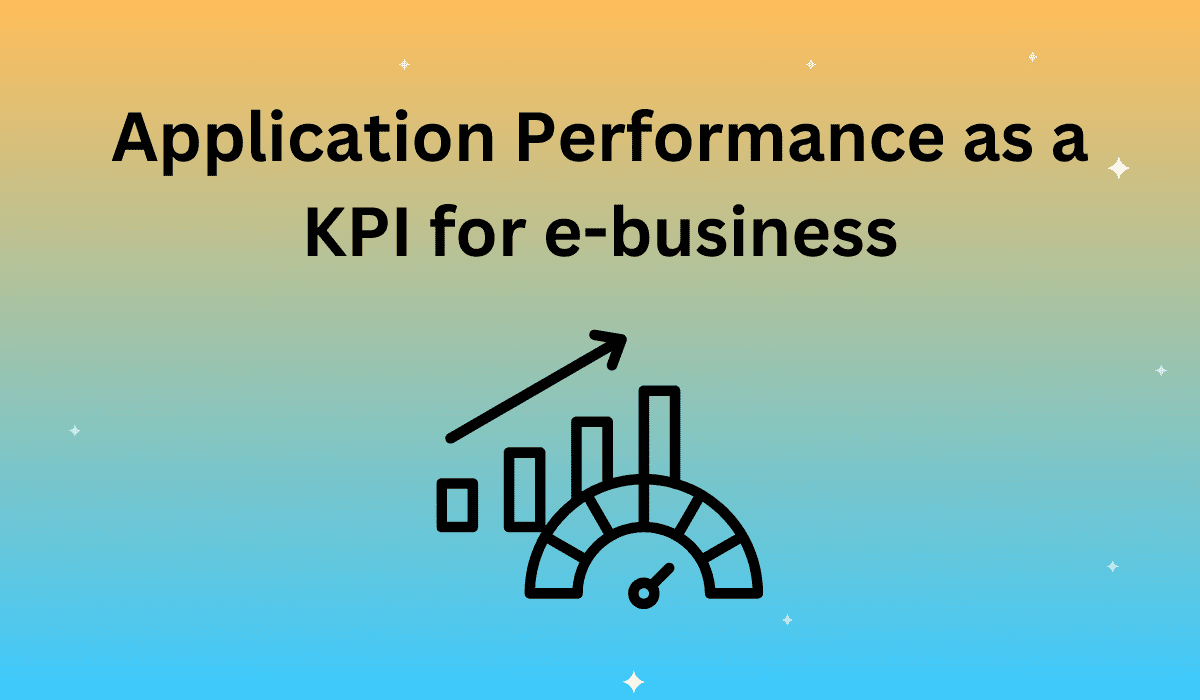Web application load times can make the difference between your e-business thriving or dying. Speedy load times are so essential to a web application’s success that they should be considered a key performance indicator. Comparing sales data with performance data establishes a direct relationship between the two: A platform that performs faster will lead to higher sales. On the flip side, the damage can be significant when performance takes a hit. Amazon found that a 100ms increase in page load latency translates to a 1 percent drop in sales.
Customer Patience: Conversion vs. Speed
Performance is an often overlooked KPI. According to a study presented at Velocity 2013, each second of reduced load time between 15 and 7 seconds results in a 3 percent conversion rate increase, and each second between 7 and 5 seconds results in a 2 percent conversion hike. In financial terms, a 100ms load time reduction can boost revenue by up to 1 percent. According to CA Technologies, most users will abandon an application if the load time is longer than six seconds.
These studies are reflected in Apica’s data with the example application. The example server supports an average load time of 2.5 to 3 seconds, and sales come to a dead stop when the platform goes down or jumps to double-digit load times.
Theoretically speaking
if a business brings in about $800,000 in weekly revenue, it will experience a total loss of revenue during an outage or a plummet in performance. While the revenue rate sees a brief 20 percent hike when the platform
returns to service, it is not enough to compensate for the outage losses. Furthermore, when the example platform returned, it experienced load times of 10+ seconds–so the platform missed additional sales due to customer abandonment. Online sales can see as much as a 10 percent drop in revenue when performance is lacking due to visitor spikes.
SEO Impact: Google Rankings
Search engines including Google tend to favor websites that load faster over ones that load -0-pslower. So if your site runs slower, you’ll be bringing in less traffic from search engines. However, content quality is still the most important metric, so slow load times should be treated as an opportunity for improvement rather than a reason to panic.
Establishing Relationships: Brand Impact
Load times also play into the brand loyalty KPI for application performance. Slow load times have a negative effect on brand recognition through a phenomenon called “web stress.” Waiting for a page to load is a stressful event, and continuously experiencing that stress causes an increasingly negative customer reaction to your brand. Adding a mere half second to load times generates a 26 percent increase in frustration and an 8 percent decrease in engagement. Even if your application far outweighs the competition, people who use it will remember it as “the slow one” if it has long response times.
There’s no need to test your infrastructure on a live, unsuspecting audience. Apica’s load testing platform provides the means to understand how well your web applications perform under real-life end user demands. The platform simulates millions of concurrent, virtual users, helping your business plan and establish the best infrastructure for fast load times to meet both current and future demand. Maximize profitability by providing a service fast enough to capitalize on conversions without overspending on unnecessary infrastructure.








